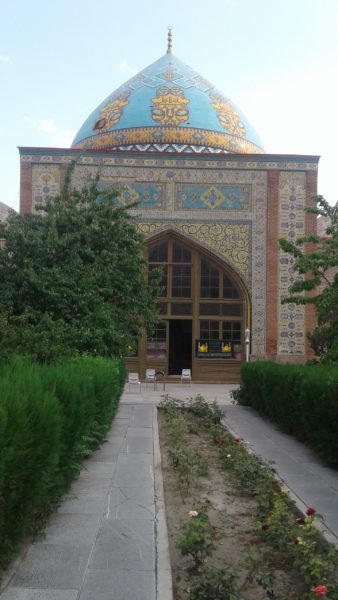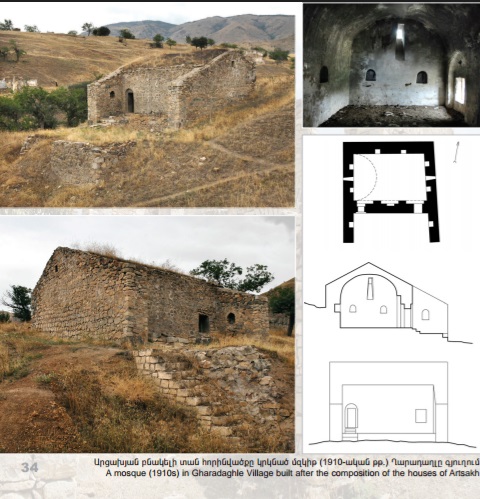By Gayane Barseghyan
Special to the Mirror-Spectator
YEREVAN — According to research, there has been Armenian matrilineal genetic continuity in the South Caucasus for eight millennia. Armenia is also found on the World Map preserved in Psalm-Book dated 1250, Islamic Map dated 1570 (the origin of this map goes back to the Islamic cartography of the 12th or 13th centuries), World Map of Benedictine monk Beatus (12th century), World Map of Pomponius Mela (1st century; the map was printed in the 15th century), World Map of Herodotus (5th century BC), in Claudius Ptolemy’s Geography (here Armenia Major and Armenia Minor are pictured), Claudius Ptolemy’s “Third Map of Asia” – “Map of Armenia, Virk (Iberia), Colchis and Aghvank (Albania)” (the map was prepared by cartographer Sebastian Munster, engraved on wood in 1540) and other world maps. Armenia is also found on the oldest world map (dated 6th century BC) the Babylonian Clay Tablet, discovered in Iraq in the 19th century.
Eventually, Armenia fell under the rule of Persian Empire, Byzantine Empire, Arabs, Ottoman Empire, Tsarist Russia. Nowadays the territory of Armenia comprises about 10 percent of the Greater Armenia and the Lesser Armenia that existed thousands of years before.
After overcoming all hardships Armenians continued living and creating literary, cultural and architectural masterpieces in their motherland in peaceful times. So far Armenians not only preserved own cultural values, but also they honored and preserved Islamic manuscripts and Holy Places inherited from earlier periods, when Armenia fell under foreign rule.
First and foremost, the Qur’an has been translated into the Armenian language several times, namely the translation of Qur’an from Arabic into Armenian by A. Amirkhanyan (1838-1913), the translation into Armenian by E. Hakhverdyan (2004/2005/2006) and so on.










